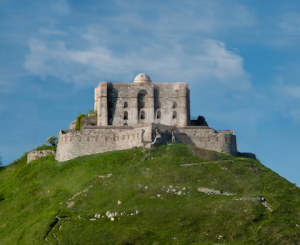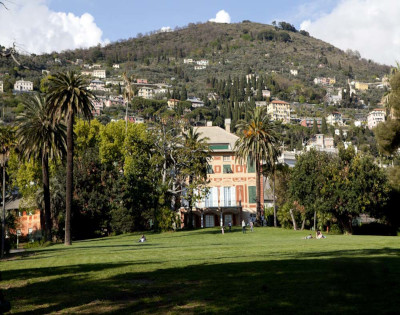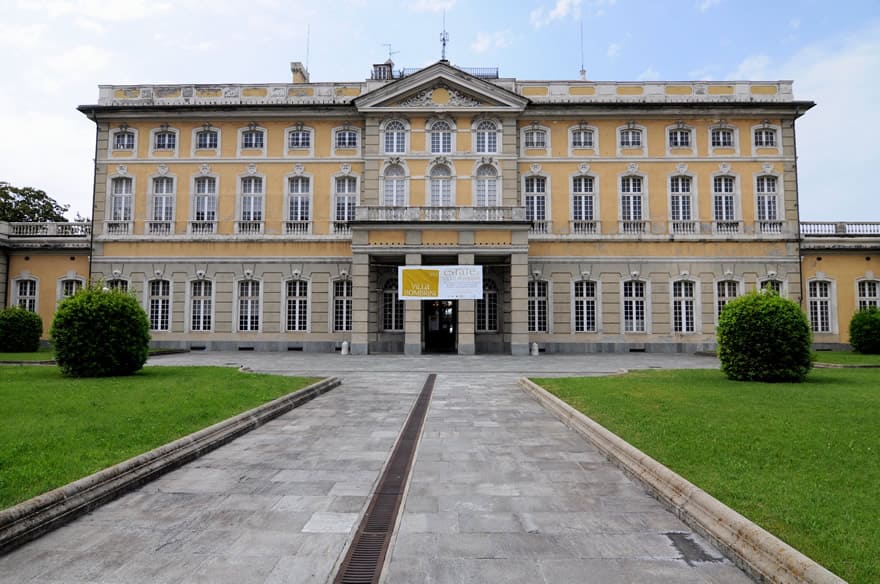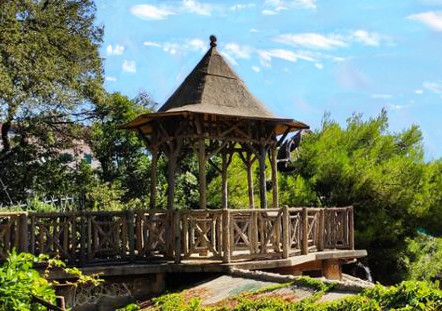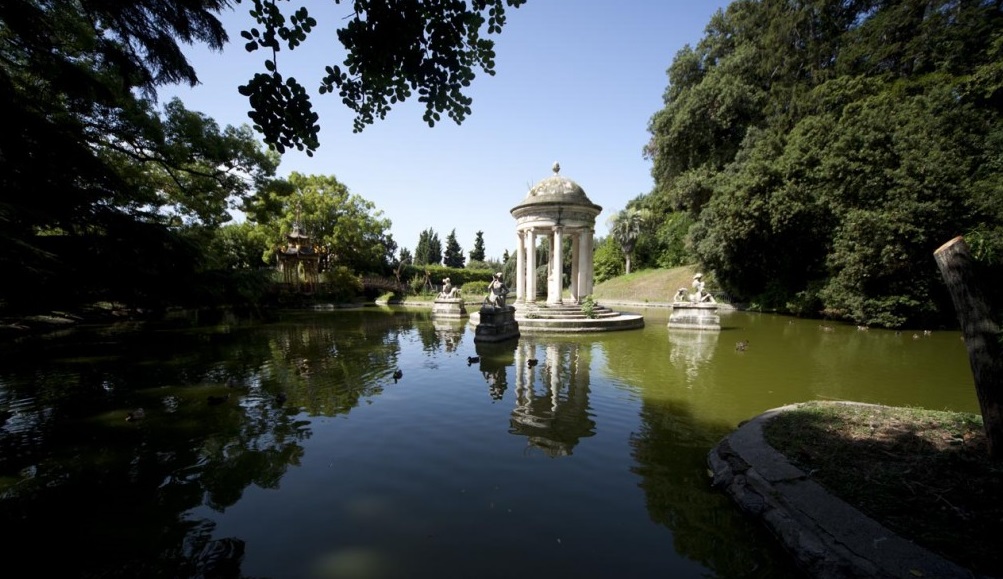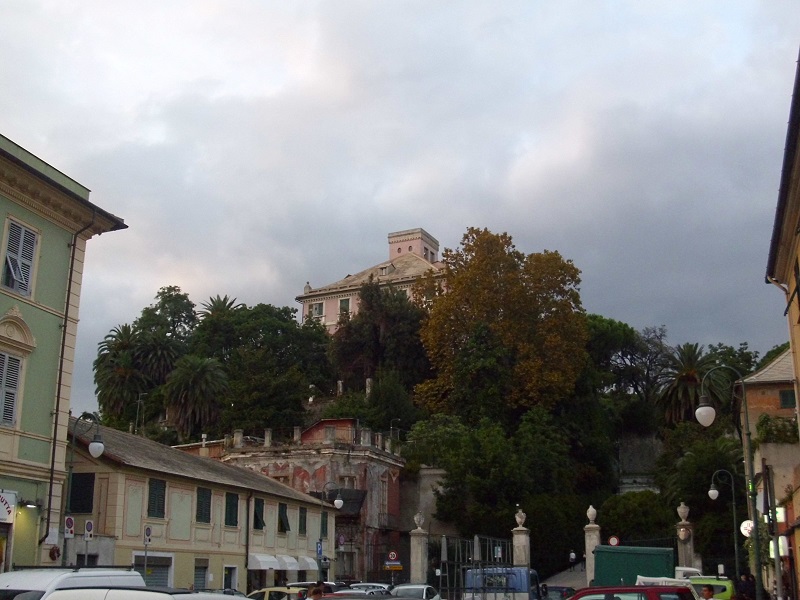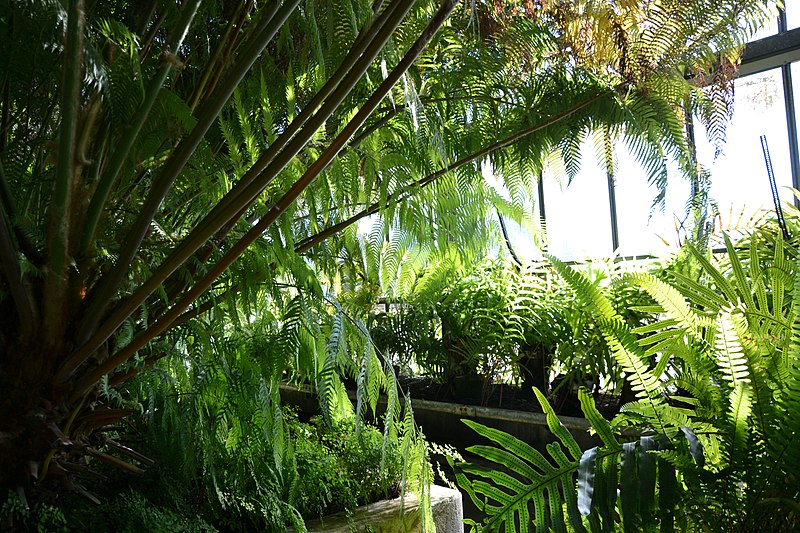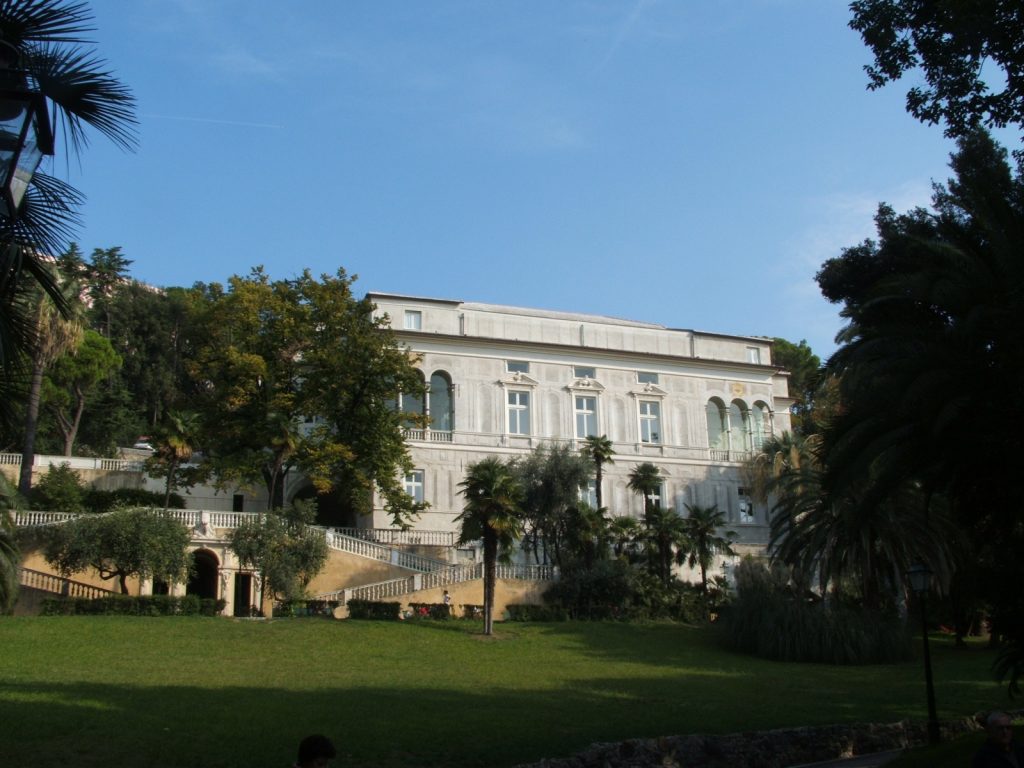
Villa Imperiale Cattaneo is located in the residential district of Genoa San Fruttuoso (go to route 8) . It was built at the beginning of the 1500s by the Portuguese merchant and consul in Genoa Lorenzo Cattaneo, who chose it as his representative residence at the time of the Republic of Genoa for receptions and banquets for emperors, sovereigns and nobles, welcomed by the doge before entry official in the city.
The villa was officially inaugurated in 1502 by the French king Louis XII of France, who came to visit Genoa. The interiors were decorated and frescoed by the painter Luca Cambiaso, considered the most famous decorator of Genoese residences, who in the main hall represented the Story of the Sabine Women, a work that was defined by Mengs as “the most Raphaelesque that exists in Genoa”.
In 1600 the villa passed into the ownership of the Salvago family and then the Imperiale family, today it is the property of the Municipality of Genoa and is home to the Lercari Library and public park, with an English lawn and forests of holm oak, cedar and cypress.
Villa Imperiale Cattaneo is linked to the legend of the Golden Tree: it is said that in ancient times the San Fruttuoso area was rich in trees, forests and fields and was owned by a haughty nobleman with a gambling habit. According to legend, the nobleman lost all his possessions at the dice game, except for a laurel tree. He decided to gamble away his last possession too, at that moment his luck turned and the nobleman recovered all his possessions thanks to that small laurel tree: from then on he stopped squandering his money forever. The laurel tree remained standing until the 1980s when it was cut down because it was diseased, but another tree was planted in its place to remember the story.

